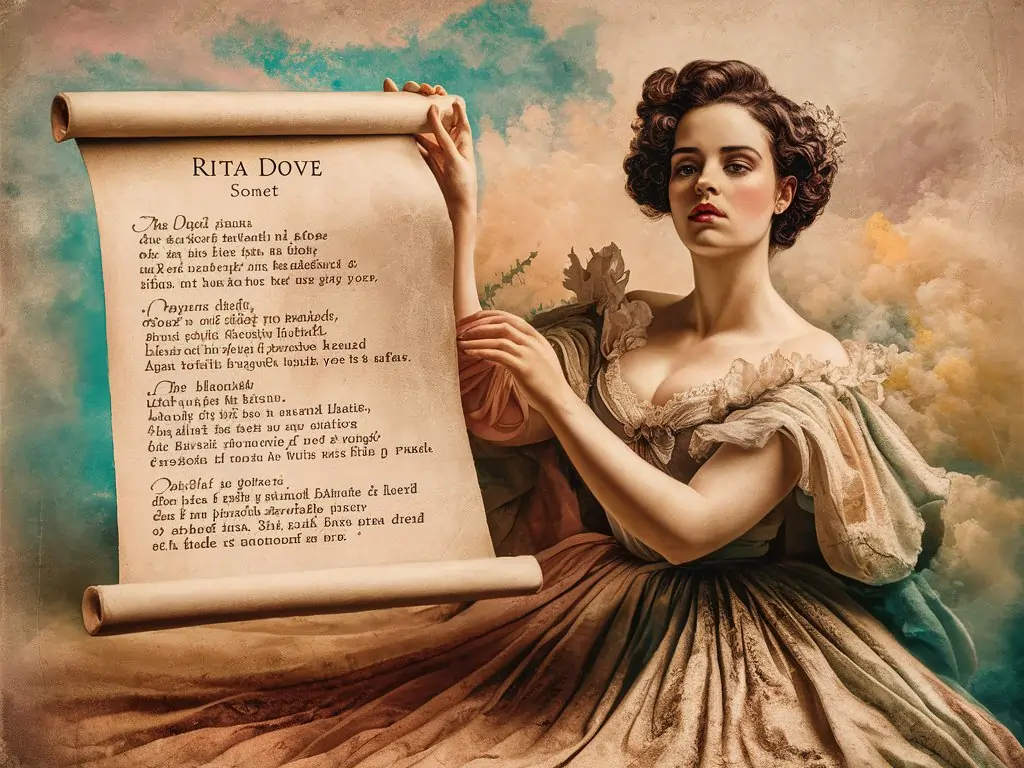Rita Dove’s poem “Sonnet in Primary Colors” is rich with imagery and references. One notable quotation that includes an allusion is:
“And a sun that was gilded by the hands of an artist.”
Analysis of the Allusion
In this line, Dove alludes to the renowned artist Michelangelo, particularly referencing his work in gilding and his masterful depiction of light and color. The phrase “gilded by the hands of an artist” evokes the idea of Michelangelo’s intricate and luminous artwork, such as the frescoes in the Sistine Chapel, where he used light and color to enhance the divine and celestial qualities of his subjects.
Understanding the Allusion
- Michelangelo’s Influence: Michelangelo, a prominent Renaissance artist, is celebrated for his ability to transform simple materials into masterpieces of artistic brilliance. By invoking the imagery of “gilding,” Dove connects the poem to Michelangelo’s tradition of elevating the ordinary through art.
- Symbolism of Gilding: In art, gilding often symbolizes a divine or elevated quality. Dove’s use of this allusion suggests a transcendent or elevated quality in the “sun” depicted in the poem, aligning it with Michelangelo’s treatment of light and divine subjects.
Considering Other Parts of the Poem
We should look at other parts of the poem to better understand the allusion.
The “circular window” might symbolize eternity or the cycle of life and death.
Also, the title “Primary Colors” suggests basic life elements, including love.

Possible Interpretations
By looking at these elements, we can think about the allusion in different ways:
Love’s Fragility: The skull shows that love does not last forever, reminding us that even strong feelings can fade.
Complexity of Love: The allusion might suggest that love has dark and beautiful sides.
Cultural Significance: The reference to Mexican art adds cultural meaning, suggesting a deeper understanding of love and mortality.
The Allusion’s Impact on the Poem
This allusion makes the poem more than just a description of home life. It makes readers think about love, its temporary nature, and its dark side.
The poem becomes a reflection on deep emotions in human life.
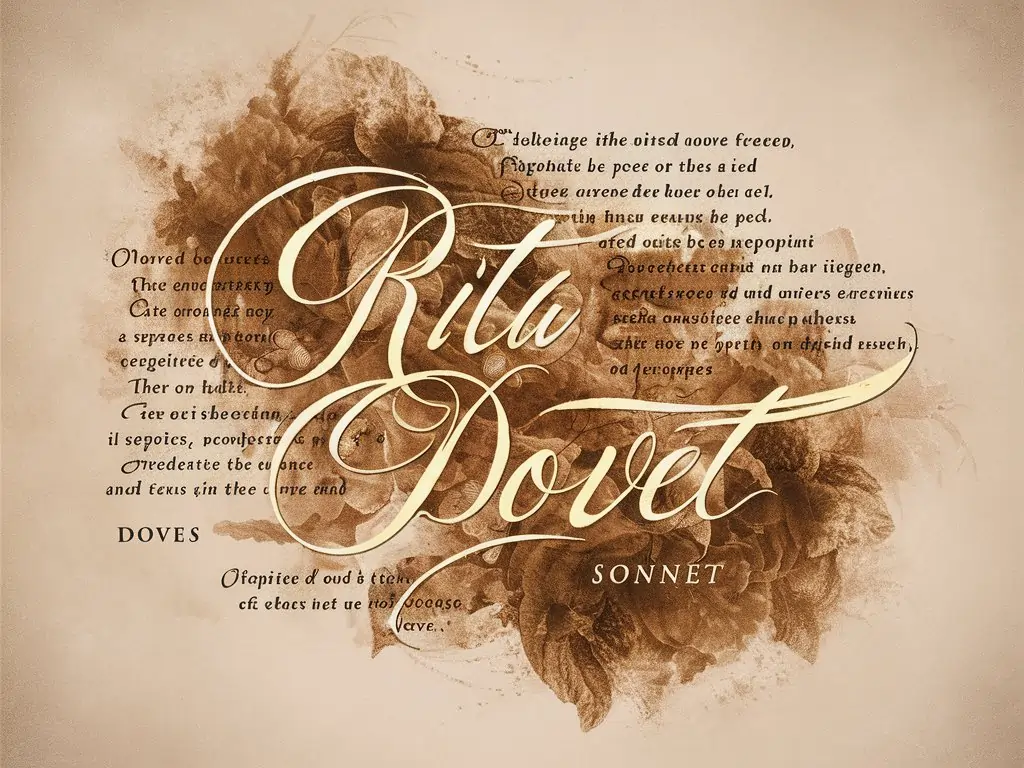
“Sonnet in Primary Colors”
The title “Sonnet in Primary Colors” is important and gives us clues about the poem’s themes. Primary colors—red, blue, and yellow—are the basic colors that create all other colors.
They symbolize the basic parts of life. The title suggests that the poem will talk about important human experiences and emotions, like love, life, and death.
The Domestic Scene: Setting and Symbolism
The poem starts with a clear picture of a home, full of details and symbols. The setting, a house with different objects, shows everyday life.
Each object has its own meaning, adding to the poem’s mood. This scene prepares us for deeper thoughts about life’s essential parts.
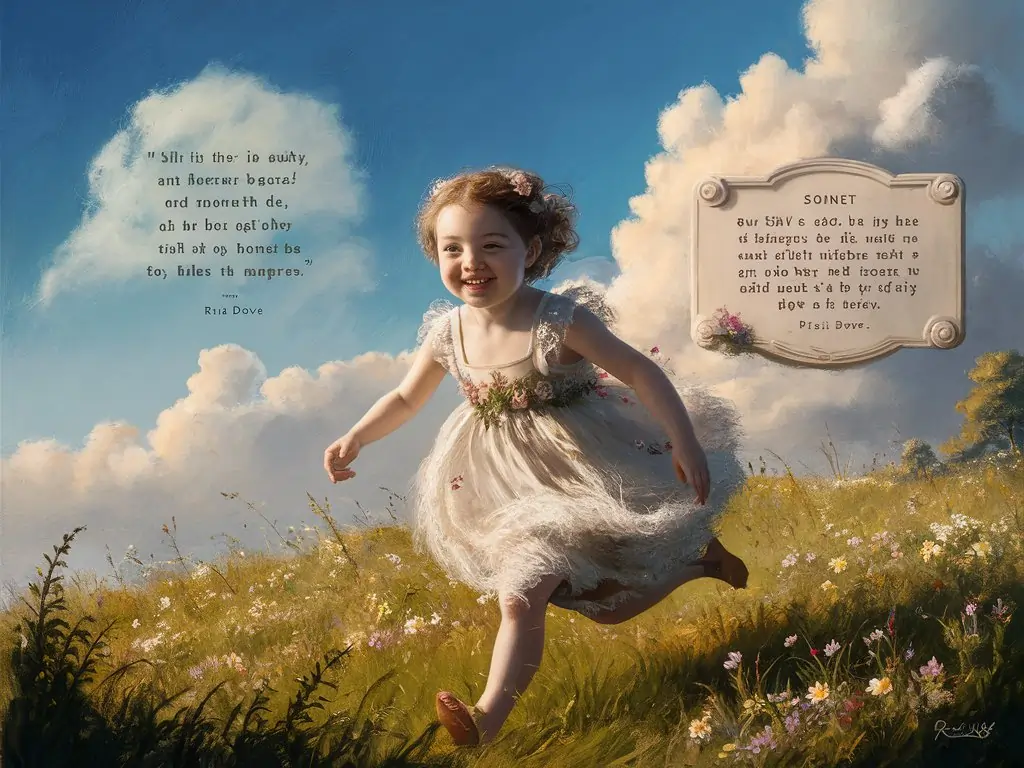
Symbolism of the “Circular Window”
The “circular window” in the poem is a strong symbol. Circles often mean eternity, completeness, and the cycle of life and death.
This image supports the idea of life’s ongoing cycle, suggesting that the experiences and emotions in the poem are part of a larger, continuous process.
The Role of Art in the Poem
Art is very important in “Sonnet in Primary Colors.” The poem mentions artistic elements, like the skull and the circular window, which can be seen as paintings in the poem.
This focus on art shows that life can be seen as a work of art, with each moment and feeling adding to a bigger picture.
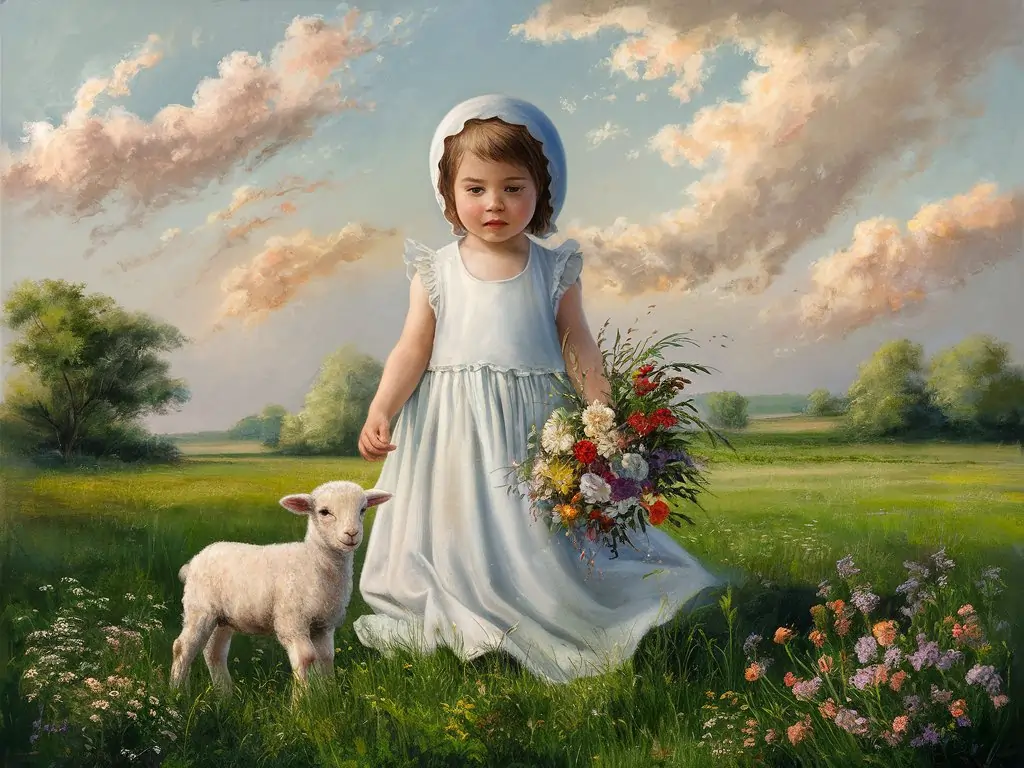
Wanna read this poem? Read the poem “Sonnet in Primary Colors” by Rita Dove
Love and Mortality
Although the poem describes a home scene, themes of love and death are always there. The poem’s images and symbols suggest that love, while beautiful and deep, is also temporary and linked with death.
This combination makes the poem more meaningful, making readers think about the shortness of life and love.
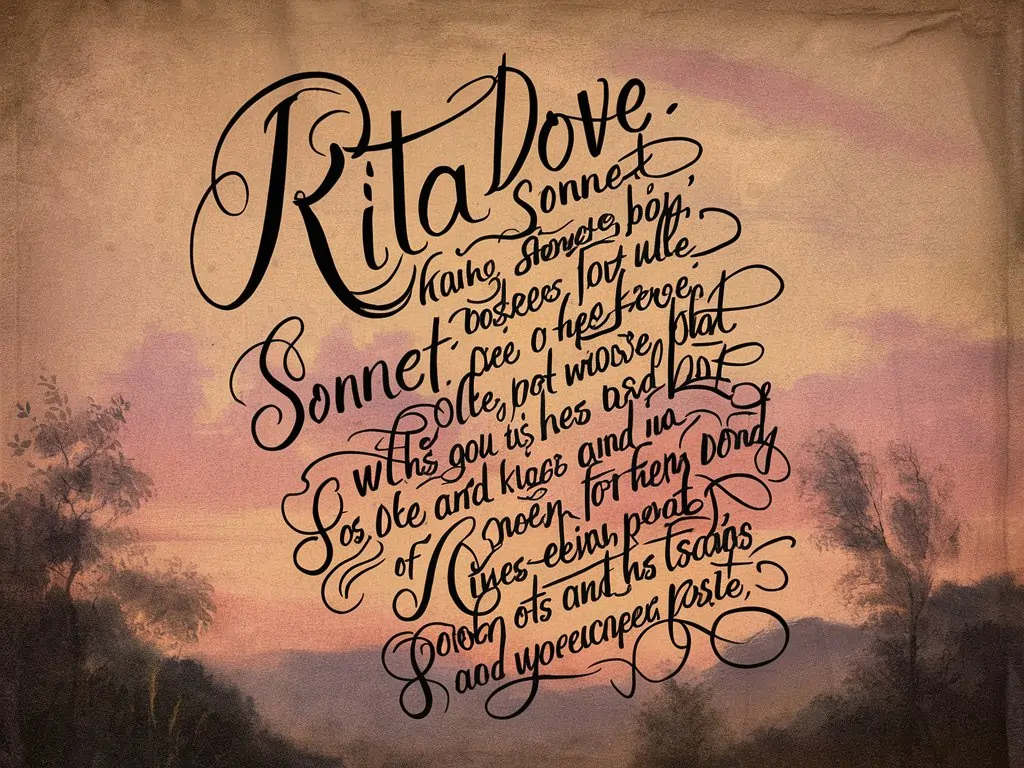
Cultural References and Their Significance
The poem is full of cultural references, especially to Mexican art and traditions. These references add extra meaning, connecting the poem to bigger cultural themes.
For example, the skull image reminds us of the Day of the Dead, a celebration of life and death in Mexican culture. This link deepens the poem’s look at love and death.

